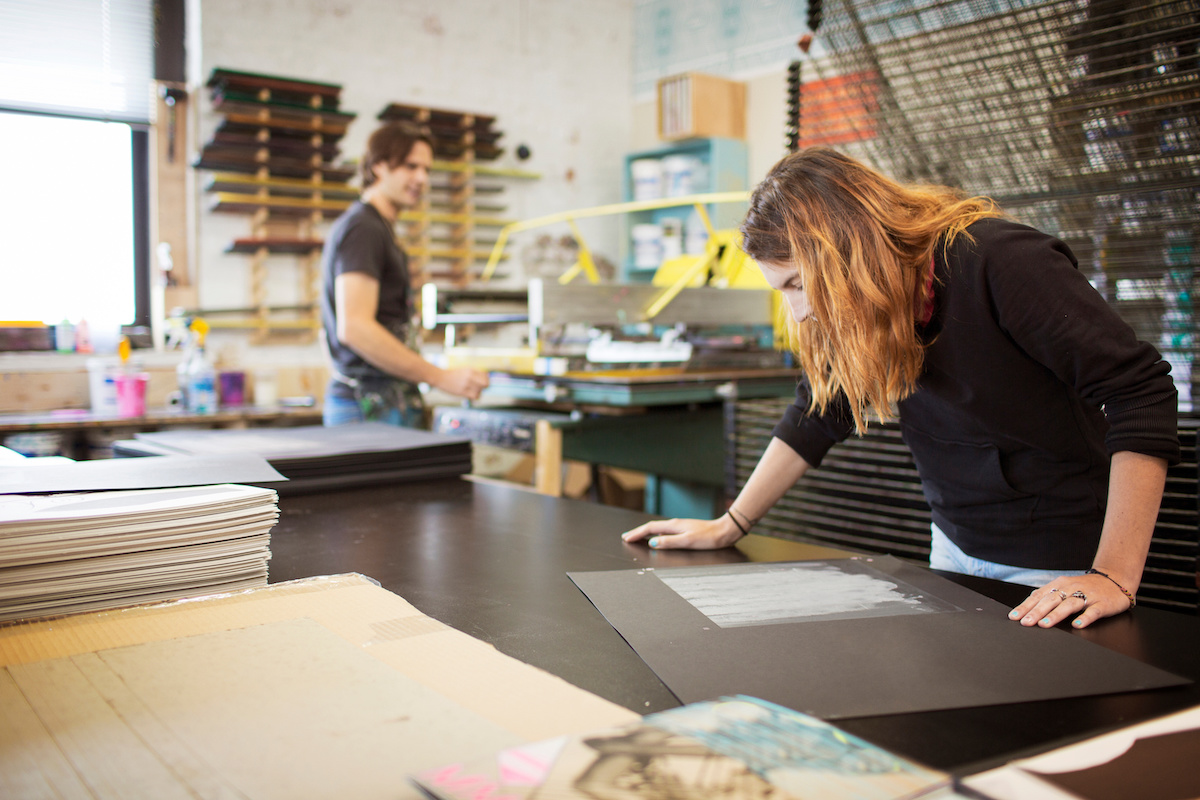We’d like some information about printing on hemp paper please. We’ve been advised to use two different processes in particular:
– screen printing
– digital printing
Could you please give us some more details about these, such as the difference between the two types of printing and some thoughts regarding which would be the best machines to use?
I can confirm that hemp paper can be used, in principle, both with screen printing and when employing digital techniques.
Which of the two techniques to choose depends on a number of different parameters.
– the number of prints of the same design you wish to make: if it’s just a few, or even only one, digital printing would be better; if, on the other hand, you need to make many copies, screenprinting would be preferable.
– the number of colours in the designs: if there are many colours, digital printing is easier.
– the quality of the finished product: if the product is to be sold at a low price, digital printing quality, which is less “refined”, would probably be sufficient; but if it’s a high-added-value product, with a significant artisanal or artistic element, the particular characteristics of screen printing, especially if special inks are used, may become necessary or advantageous.
With respect to digital printing, standard water-based inks used in normal ink-jet printers, including the larger ones, are suitable for printing on a cellulose rich material such as hemp paper. However, solvent or eco-solvent inks, those used with large plotters which print on PVC, aren’t suitable.
CPL Fabbrika can supply the entire range of Epson ink-jet printers, covering a variety of different print sizes, using paper or rolls; we are also available to carry out print tests at the Epson laboratories.
With respect to screen printing, CPL Fabbrika can offer advice as well as supply the most suitable screen printing press for your needs, chosen based on the quantities you intend to produce, the formats and the number of colours.
For paper, you can choose from three different types of screen printing ink: solvent-based, acrylic water-based and eco-friendly water-based.
The latter in particular, in addition to being environmentally friendly, which could be a helpful selling point for your marketing communications, enables significant savings in terms of the management of the production environment and waste disposal. Also in this case, we’d be happy to carry out tests for you on any paper samples you’d care to provide us with.

